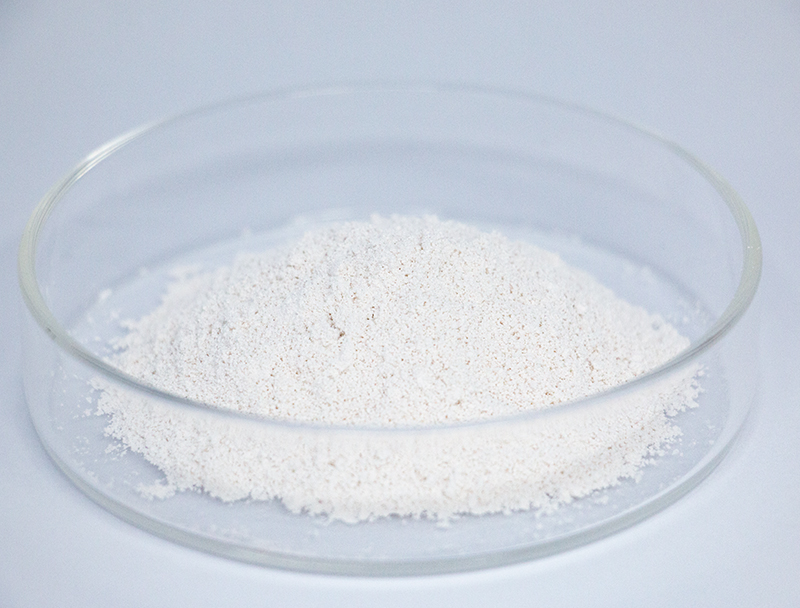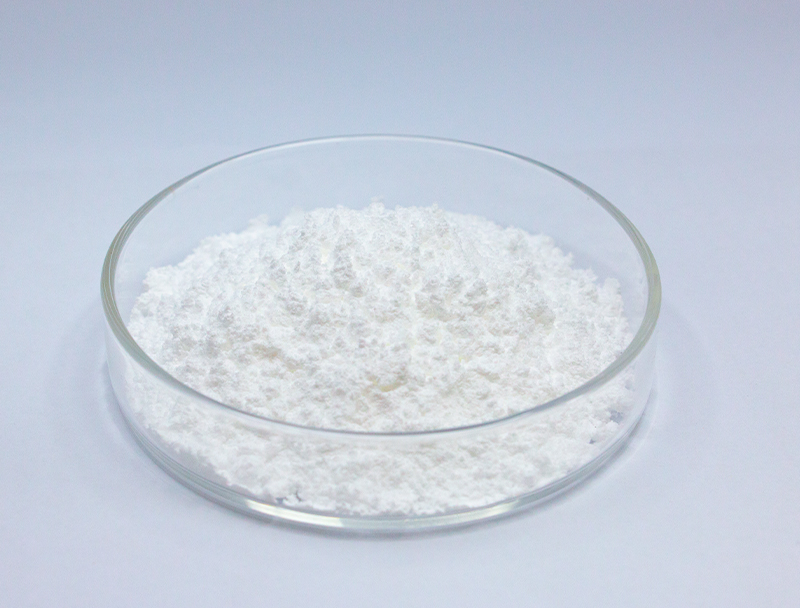
Industrial biosynthesis counts extensively on a vast array of base components to produce innovative bio-based products.
Securing long-term supply of raw inputs dictates persistent stability and principled industry advancement.
numerous problems stemming from established sourcing methods such as soil erosion and unchecked resource extraction. Hence, industry players ought to pursue innovative supply solutions to lower carbon burdens.
- Examples of sustainable sourcing practices include:
- Harnessing secondary biomass from farming outputs
- Operating reuse-focused platforms to lower discard and increase efficiency
- Collaborating with regional vendors focused on fair procurement
This shift towards sustainable raw material sourcing is not only environmentally beneficial but also economically viable in the long run.
Enhancing Biomass Composition for Superior Biofuel Results
Enhancing biofuel output is grounded in superior feedstock characteristics. Experts maintain efforts to discover ways to maximize feedstock value, yielding greater biofuel outputs and greener energy prospects. Tactics include molecular breeding to increase biomass and chemical or physical pretreatments to release sugars.
- Also, studies emphasize discovering resources such as seaweed, organic waste, and residual straw to diversify sustainable feedstock supplies for fuels.
- Through these continuous efforts, the field of biofuel production is poised to make significant progress in the coming years, paving the way for a more renewable energy landscape.

Next-Generation Upstream Methods in Biopharmaceuticals
includes primary operations from inoculation through cell collection Current advancements have streamlined operations and improved bioproduct yields.
Notable improvements feature new expression systems, refined media recipes, and automated reactor platforms. These changes expand productivity and help reduce both financial and environmental overhead.
- Furthermore, there is a growing trend towards continuous processing in upstream processing, allowing for increased flexibility over the production process.
- Transitioning to refined production methods has the potential to overhaul the industry and expedite new treatments.
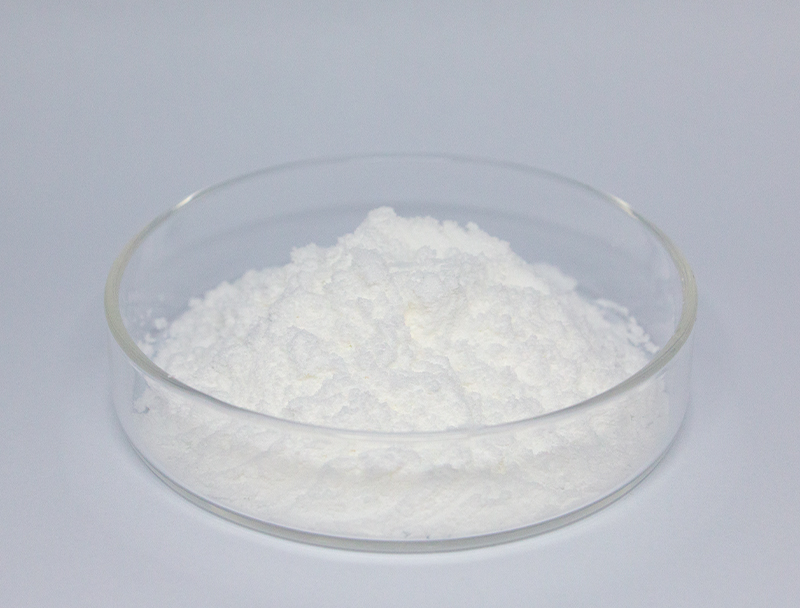
CRISPR and Beyond: Improving Biopharma Production
evolutions in genetic modification techniques have optimized therapeutic biosynthesis. With exact genomic alterations, researchers improve host productivity for therapeutic manufacture. These methods could enable production of accessible and efficient medicines tackling diverse health challenges.
Using Microbial Systems for Site-Specific Remediation
advanced microbe-driven remediation methods to treat contaminated sites sustainably. Various microbial strains are capable of breaking down toxins into safer constituents.. Leveraging microbial biotransformation promotes sustainable remediation that curbs industrial environmental impacts.. Researchers screen diverse microbial taxa for metabolic pathways suited to remove heavy metals, pesticide residues, and hydrocarbon contamination.. The microbes may be applied within engineered reactors or in situ to catalyze pollutant degradation via biotransformation..
Microbe-based remediation provides compelling advantages over standard remediation methods. These methods are economical and eco-conscious while reducing hazardous secondary waste. Moreover, microbes can be tailored to address specific pollutants with minimal impact on non-target organisms. The field is rapidly refining methods to make microbial remediation more efficient and broadly effective.
Bioinformatics Tools Transforming Drug R&D
Computational tools have grown indispensable in the current drug discovery landscape. By analyzing biological data to select and improve leads, computational methods support efficient drug development.
- By interrogating large-scale omics and clinical information, scientists find new targets and predict candidate efficacy.
- In addition, predictive simulations inform medicinal chemistry efforts to craft more efficacious drugs.
- Finally, bioinformatics is revolutionizing the drug discovery and development process, accelerating the time to bring safe and effective treatments to patients in need.
Metabolic Design Approaches to Boost Bioproduct Yields
utilizes multiple approaches to enhance production of desirable bioproducts in cells. Strategies involve pathway refactoring by genetic modification, expression modulation for balanced flux, and grafting of novel genes to add capacity.. By refining pathway flux and regulation engineers can significantly raise bioproduct production.
This comprehensive strategy could transform numerous sectors such as pharmaceuticals, farming, and renewable energy.
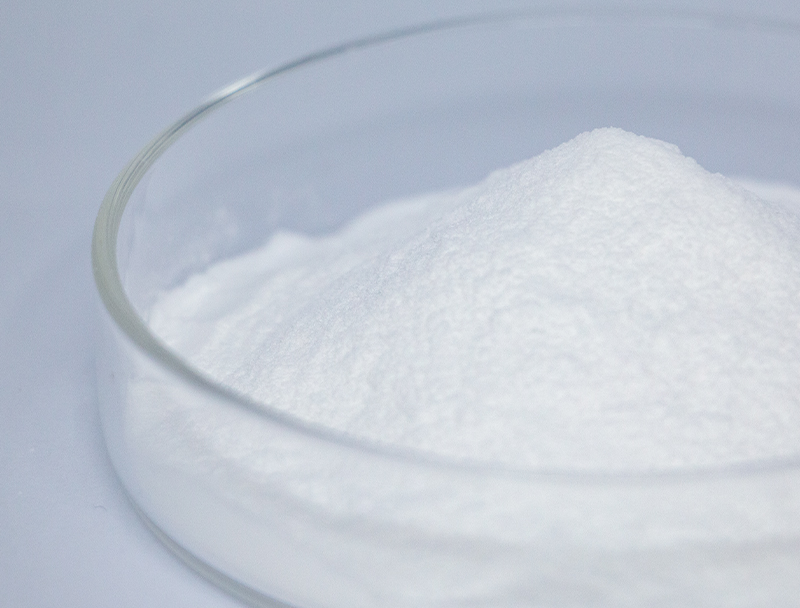
Scale-Up Challenges and Prospects for Biopharmaceuticals
Large-scale manufacturing brings notable difficulties together with growth opportunities. A primary obstacle is ensuring uniform quality control as volumes rise. Managing it necessitates robust automation, high-fidelity monitoring, and powerful analytical capabilities.

Process intricacy spanning various stages creates significant scale-up complexities.. Scaling optimization is a resource-intensive task that calls for substantial innovation and study.. However, the potential rewards are substantial. Skilled scaling can enlarge supply, lower prices, and increase profit potential.
Challenges are being addressed through a number of initiatives. Efforts include process-digitization tools, integrated analytics for monitoring, and fresh manufacturing paradigms.
- R&D initiatives significantly drive enhancements in manufacturing capacity.
- Regulators are adapting frameworks to speed authorization of novel manufacturing approaches and spur innovation.
Exploring Approval Frameworks for Biopharmaceutical Safety and Effectiveness
Advancing biopharmaceuticals involves heavy regulatory scrutiny to secure product safety and proven efficacy. Biologically derived medicines entail particular manufacturing and regulatory complexities compared with chemical drugs.
Bodies like FDA and EMA shape the regulatory landscape and set benchmarks for evaluating innovative therapies..
Strict validation and testing steps are required across the product lifecycle from lab studies to post-market oversight.. Those requirements help reveal risks and confirm that biologics satisfy stringent safety criteria..
Moreover, oversight agencies continually refine approaches to align with accelerating scientific progress in therapeutics.. Efforts comprise integrating cutting-edge N-Acetylneuraminic acid tools and easing development pathways while upholding patient safety.
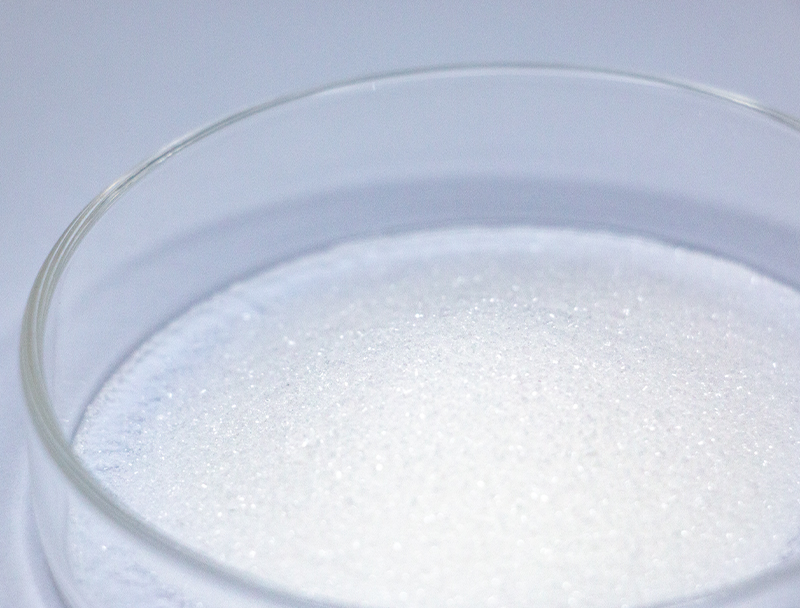
Evaluating Plant Biomass for Bioplastic Production
The rising demand for eco-friendly materials fuels R&D on bio-based alternatives. Plant-derived biomass as input for bioplastics represents a practical route toward greener materials. Feedstocks including cornstarch, plant cellulose, and sugarcane derivatives yield biodegradable plastics which break down and mitigate plastic pollution.
Furthermore, these bioplastics often possess comparable properties to their petroleum-based counterparts, making them suitable for a wide range of applications.. Sustained research efforts are necessary to optimize plant feedstocks for mass bioplastic production and enable circularity.
Biotech Innovations Addressing Health and Food Challenges
Biotech innovations hold promise to dramatically impact health and the reliability of food systems. Via genetic modification, synthetic design, and therapeutic cell technologies, researchers build solutions to control infections, increase crop productivity, and enrich food quality.. As an example, crop genetic improvements for pest and stress resistance help boost production and cut dependence on chemical pesticides.. Also, biotechnological innovation fuels development of immunizations, antimicrobial treatments, and diagnostic platforms vital for disease control and population health.. As innovations mature, biotechnology can provide meaningful contributions toward global health and resilient food supplies for future generations.
